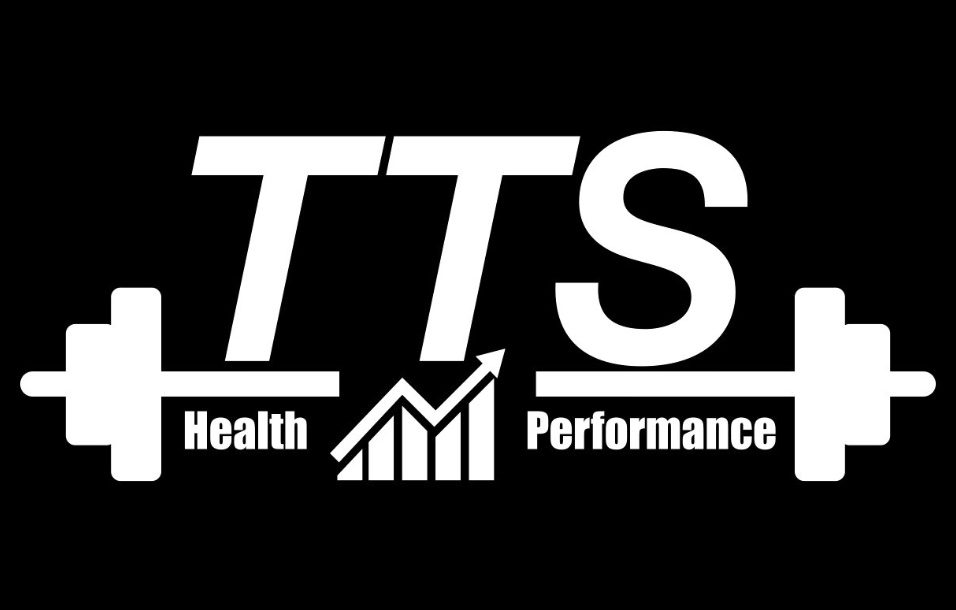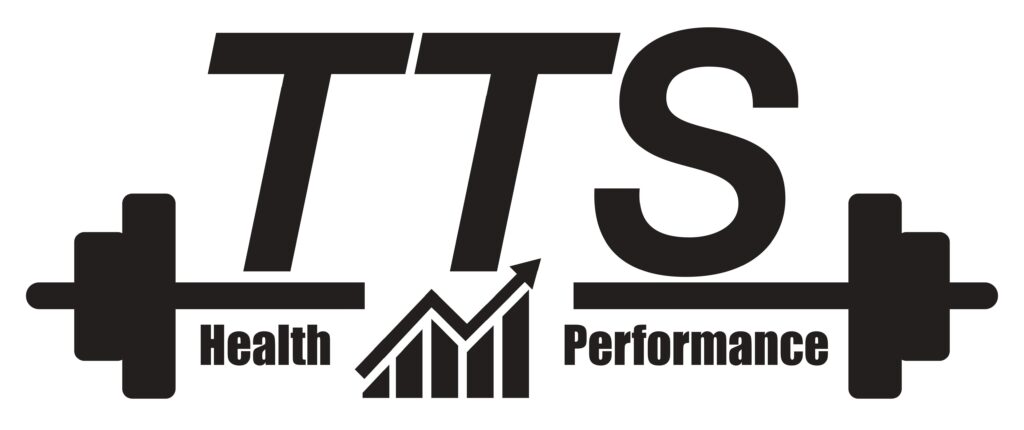Training LEOs requires an insightful background in daily tasks, operations, and understanding of the physical ability/training background of the individual(s). Once an analysis has been conducted, appropriate testing can be done. In this instance a selection of several UBP tests may be utilized to better grasp the level of the LEO(s). The most feasible and reliable form of UBP testing is the seated or incline medicine ball put. Requiring only space, chalk, a tape measure, and a medicine ball, LEOs would be required to be seated on a 45* incline bench or on the ground (supported or unsupported) and put (push from chest) a medicine ball for distance. Remember Power=Force X Velocity. Once measured this distance will be the data point for improvement when retested. After several LEOs have completed this testing, averages and norms could be used to develop standards for occupational performance.
Upon completion of testing, proper program design can begin. It is important to note while UBP is the focus, strength training should be included as it will aid in power development by serving as a foundation. However, the emphasis in programming is increasing UBP not strength. When targeting power, sets and reps between 1-6 with 2-5 minutes of rest between sets are appropriate. Intensities of these exercises have a wide range. Higher intensities will have a greater transference to force application whereas lower intensities will benefit velocity. Thus, intensities ranging from bodyweight to 75% 1 repetition maximum may be used to improve UBP. Combined with other secondary needs (strength, endurance, etc.) a simple program performed 2-4 days per week is likely to increase UBP for LEOs improving occupational performance and longevity.
Absence of current physical abilities (testing) and necessary tasks needed for successful LEO occupational performance will significantly lessen the likelihood developing UBP. Thus, testing in combination with the recommendations for programming are guidelines for practitioners to develop programs to increase LEO UBP for occupational performance.
https://www.nsca.com/education/articles/tsac-report/upper-body-power-law-enforcement






